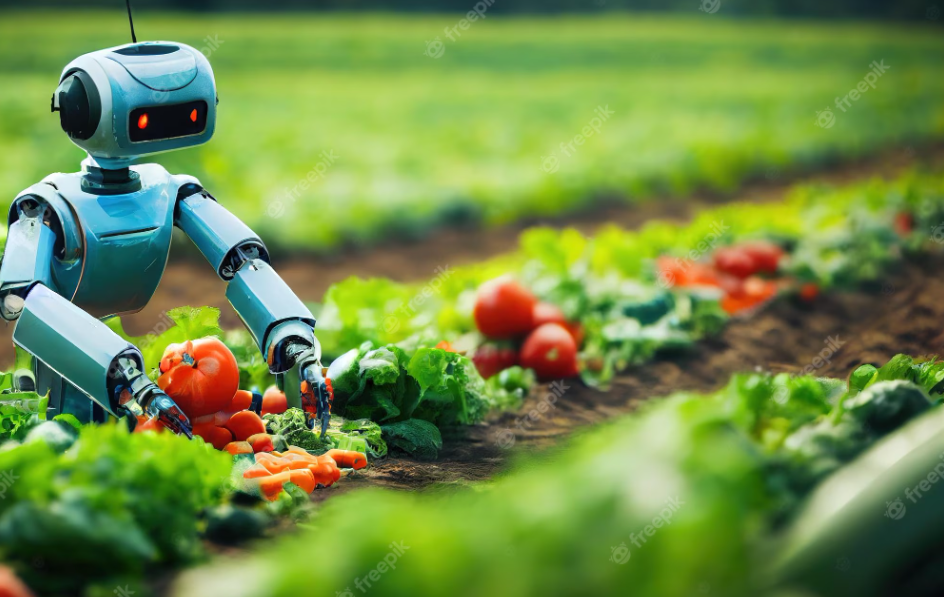African agriculture is at a crossroads. With a rapidly growing population, climate change, and limited resources, the continent needs innovative solutions to improve crop yields, reduce labor costs, and enhance food security. Robotics, once considered a luxury, is now becoming an essential tool in African agriculture. From precision farming to autonomous weeding, robotics is transforming the way farmers cultivate, harvest, and manage their crops.
The Challenges Facing African Agriculture
African agriculture faces numerous challenges, including:
- Low crop yields: African farmers struggle with low crop yields due to inadequate farming practices, limited access to quality seeds, and insufficient use of fertilizers and pesticides.
- Labor shortages: Many African countries face labor shortages, particularly during peak farming seasons, which can lead to reduced productivity and increased costs.
- Climate change: Climate change is altering weather patterns, leading to droughts, floods, and other extreme weather events that can devastate crops and livelihoods.
- Limited access to markets: Many African farmers struggle to access local and international markets, making it difficult to sell their produce and earn a decent income.
Robotics Applications in African Agriculture
Robotics is being increasingly used in African agriculture to address these challenges. Some examples include:
- Precision farming: Precision farming involves using sensors, drones, and satellite imaging to collect data on soil moisture, temperature, and crop health. This data is then used to optimize irrigation, fertilizer application, and pest control.
- Autonomous weeding: Autonomous weeding robots use computer vision and machine learning algorithms to identify and remove weeds, reducing the need for herbicides and manual labor.
- Crop monitoring: Crop monitoring robots use sensors and cameras to track crop growth, detect pests and diseases, and predict yields.
- Harvesting and post-harvest handling: Robotics is being used to automate harvesting and post-harvest handling, reducing labor costs and improving efficiency.
- Livestock monitoring: Robotics is being used to monitor livestock health, track their movements, and detect early signs of disease.
Examples of Robotics in African Agriculture
Several initiatives and projects are underway to promote the use of robotics in African agriculture. Some examples include:
- The African Robotics Network: A pan-African initiative that aims to promote the development and use of robotics in African agriculture.
- The Robotics for Agriculture in Africa (RAA) project: A project that aims to develop and deploy robotics solutions for African farmers, focusing on precision farming, autonomous weeding, and crop monitoring.
- The University of Pretoria’s Robotics and Automation Laboratory: A laboratory that is developing robotics solutions for African agriculture, including autonomous weeding and crop monitoring.
Benefits of Robotics in African Agriculture
The benefits of robotics in African agriculture are numerous. Some of the most significant advantages include:
- Improved crop yields: Robotics can help farmers optimize crop growth, reduce losses, and improve yields.
- Reduced labor costs: Robotics can automate many farming tasks, reducing the need for manual labor and improving efficiency.
- Enhanced food security: By improving crop yields and reducing losses, robotics can help ensure food security for millions of Africans.
- Increased competitiveness: Robotics can help African farmers compete with global markets, improving their incomes and livelihoods.
Challenges and Opportunities
While robotics has the potential to transform African agriculture, there are several challenges that need to be addressed. Some of the most significant challenges include:
- Limited access to technology: Many African farmers lack access to the technology and infrastructure needed to adopt robotics solutions.
- High upfront costs: Robotics solutions can be expensive, making them inaccessible to many small-scale farmers.
- Limited technical expertise: Many African farmers lack the technical expertise needed to operate and maintain robotics solutions.
Despite these challenges, there are many opportunities for robotics to make a positive impact on African agriculture. Some of the most significant opportunities include:
- Government support: Governments can provide support for the development and adoption of robotics solutions, including funding, training, and infrastructure.
- Private sector investment: Private sector companies can invest in the development and deployment of robotics solutions, providing funding and expertise.
- Partnerships and collaborations: Partnerships and collaborations between governments, private sector companies, and research institutions can help drive the development and adoption of robotics solutions.
Conclusion
Robotics is transforming African agriculture, providing innovative solutions to improve crop yields, reduce labor costs, and enhance food security. While there are challenges to be addressed, the opportunities for robotics to make a positive impact on African agriculture are significant. As the continent continues to grow and develop, robotics will play an increasingly important role in shaping the future of African agriculture.

